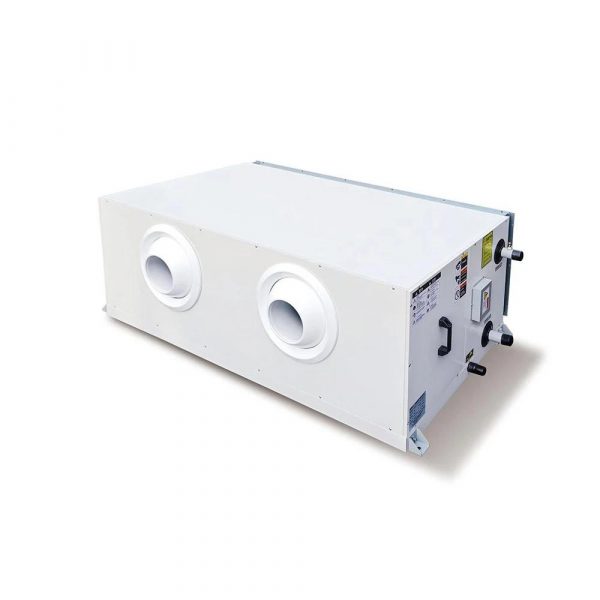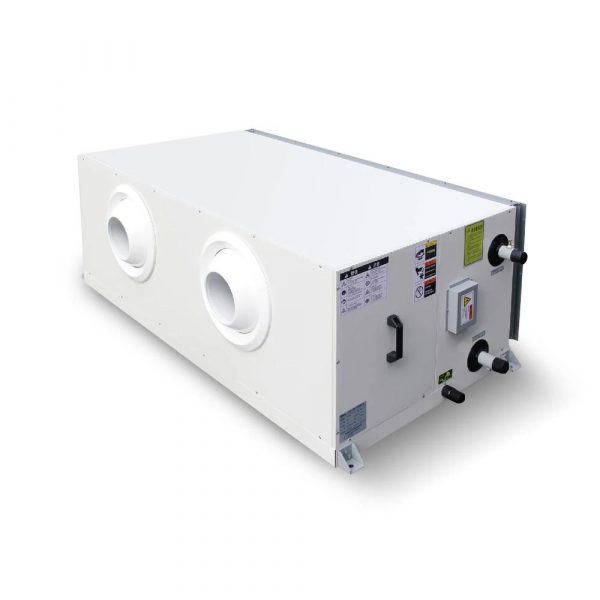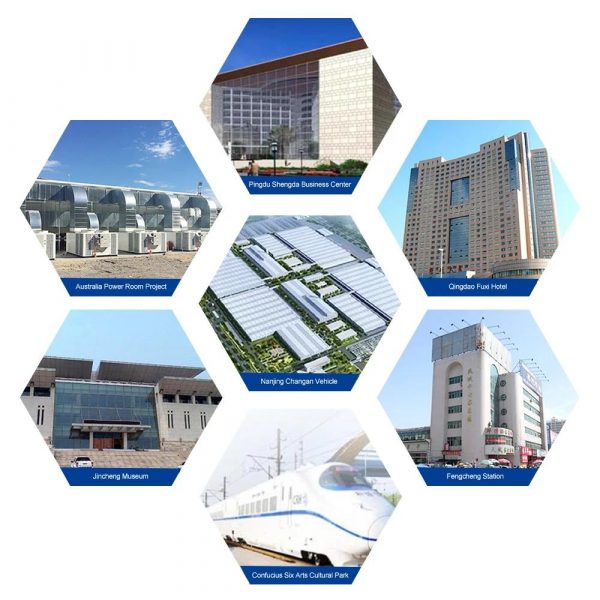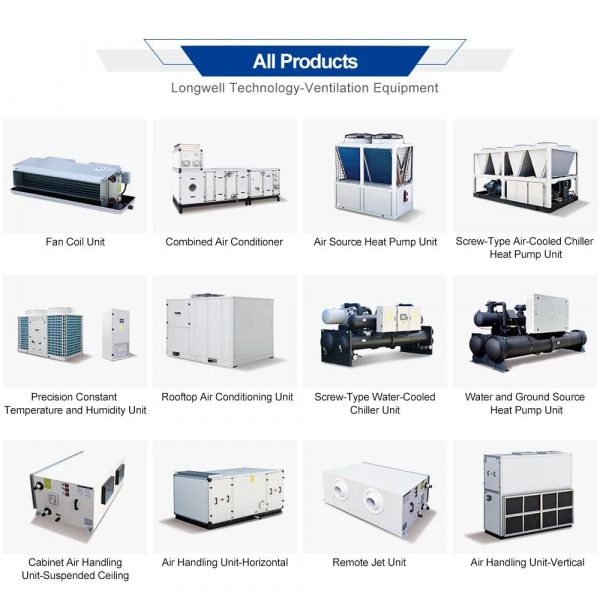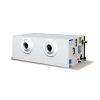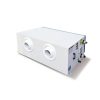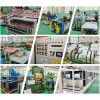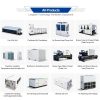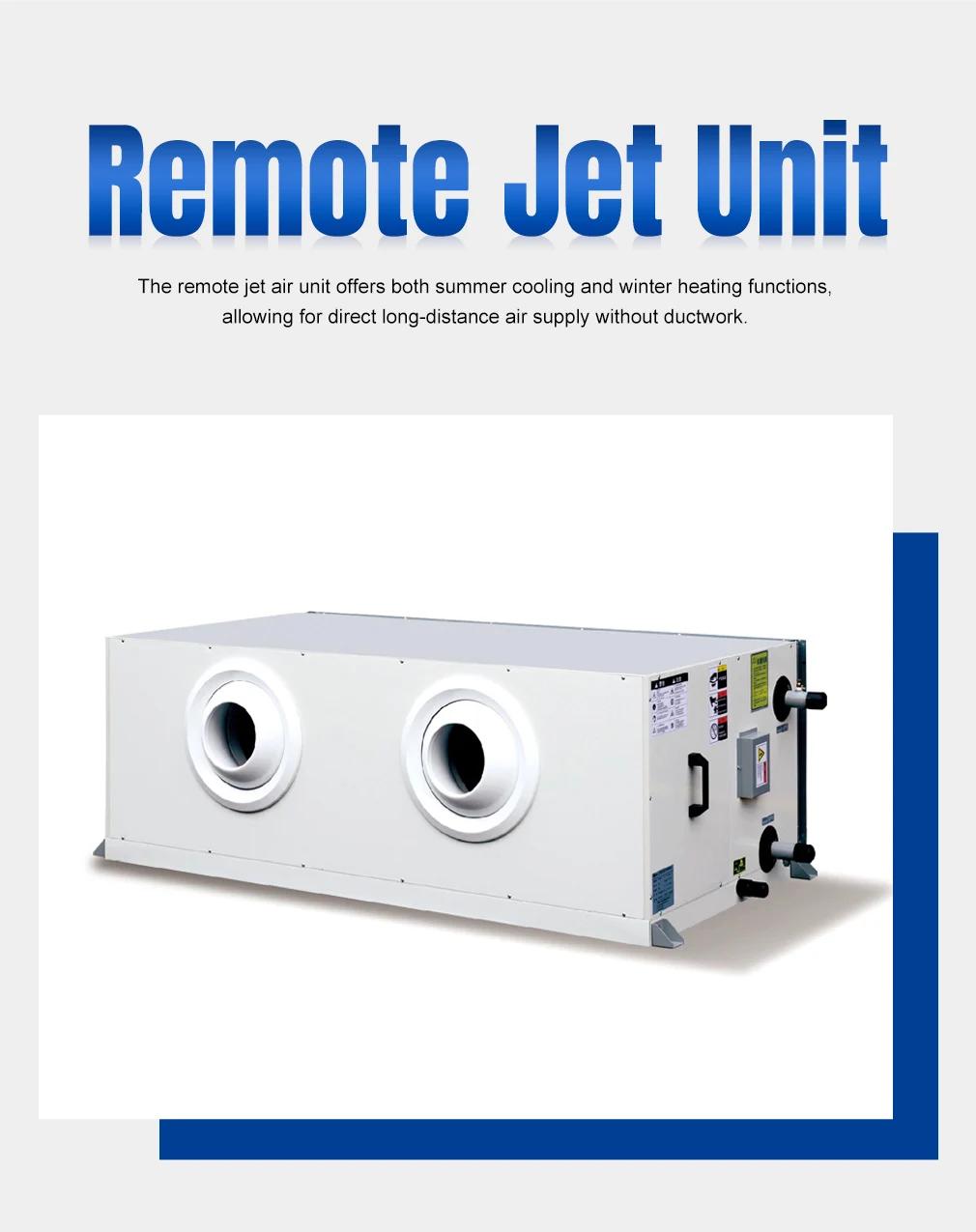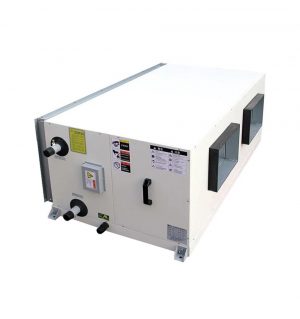Description
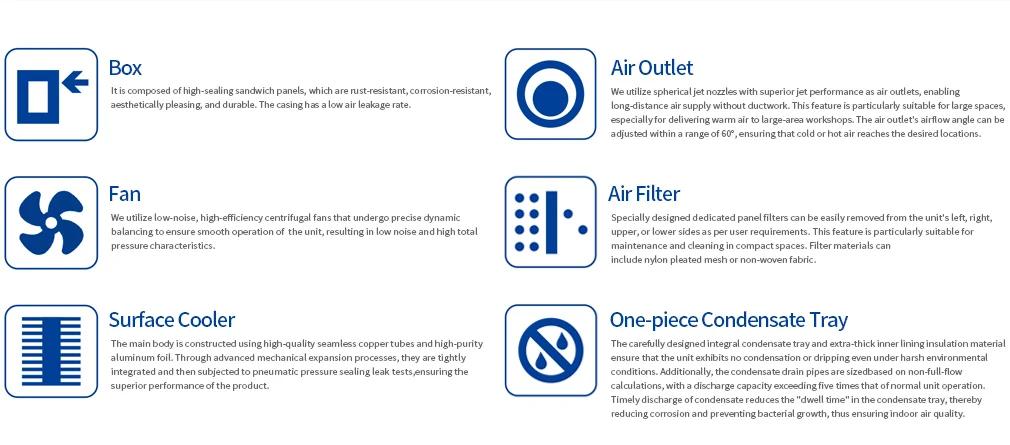
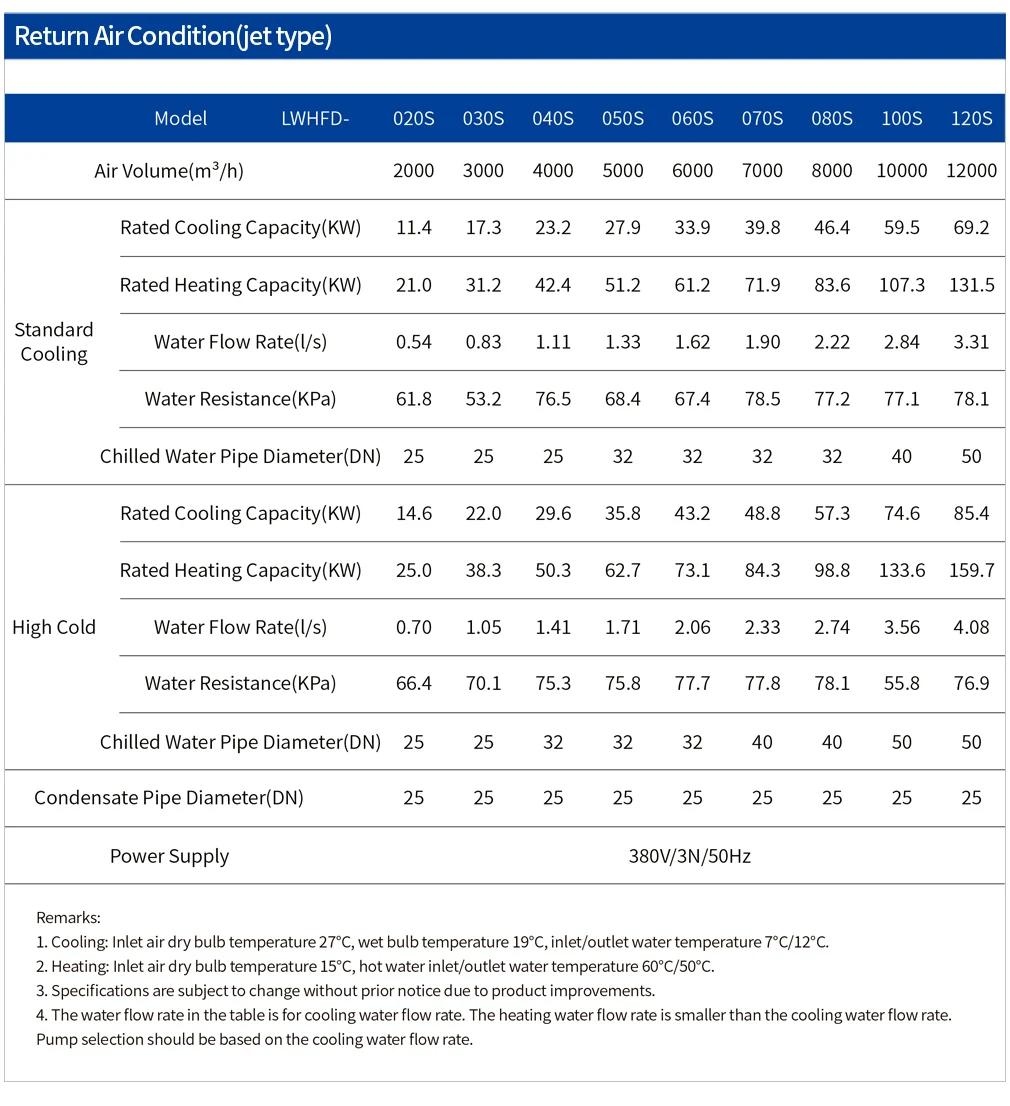
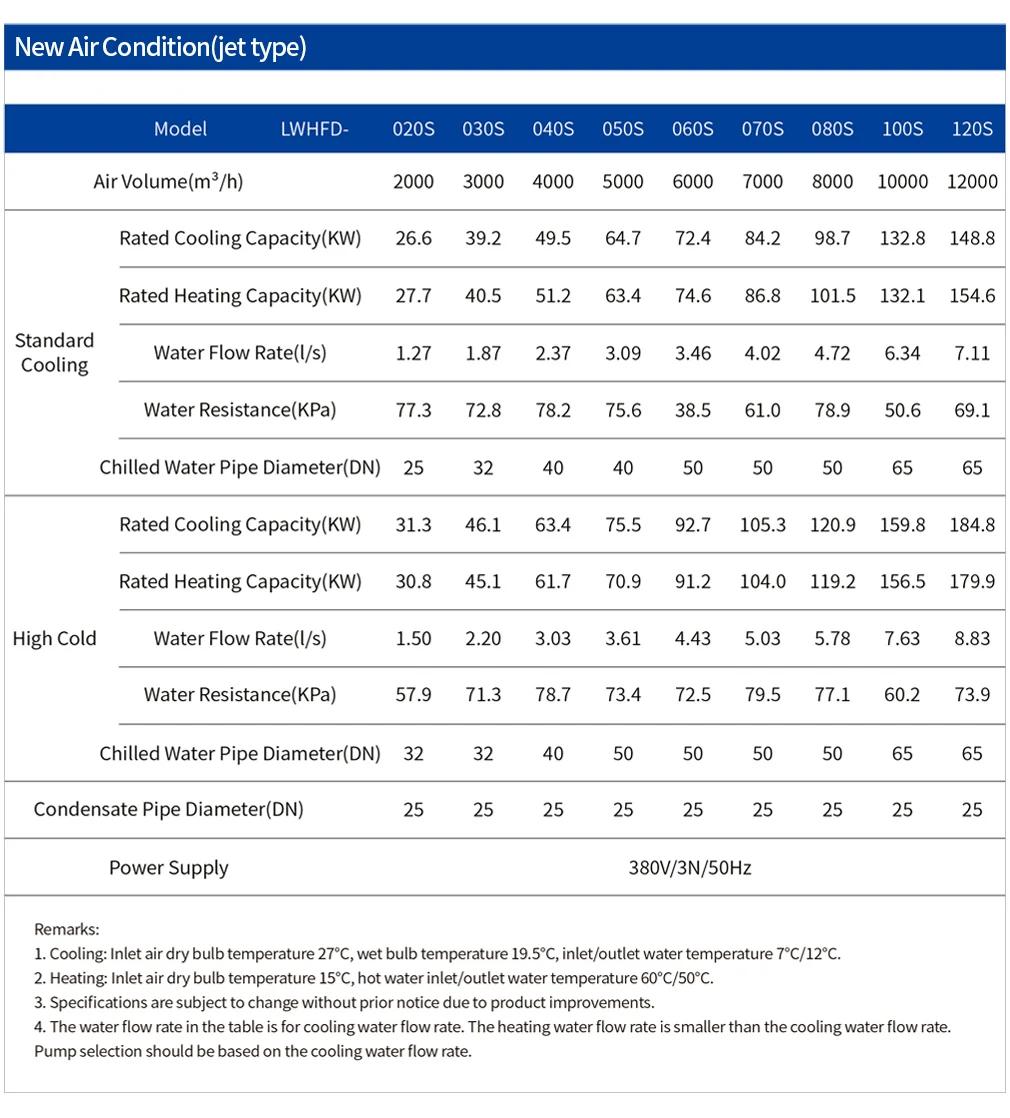
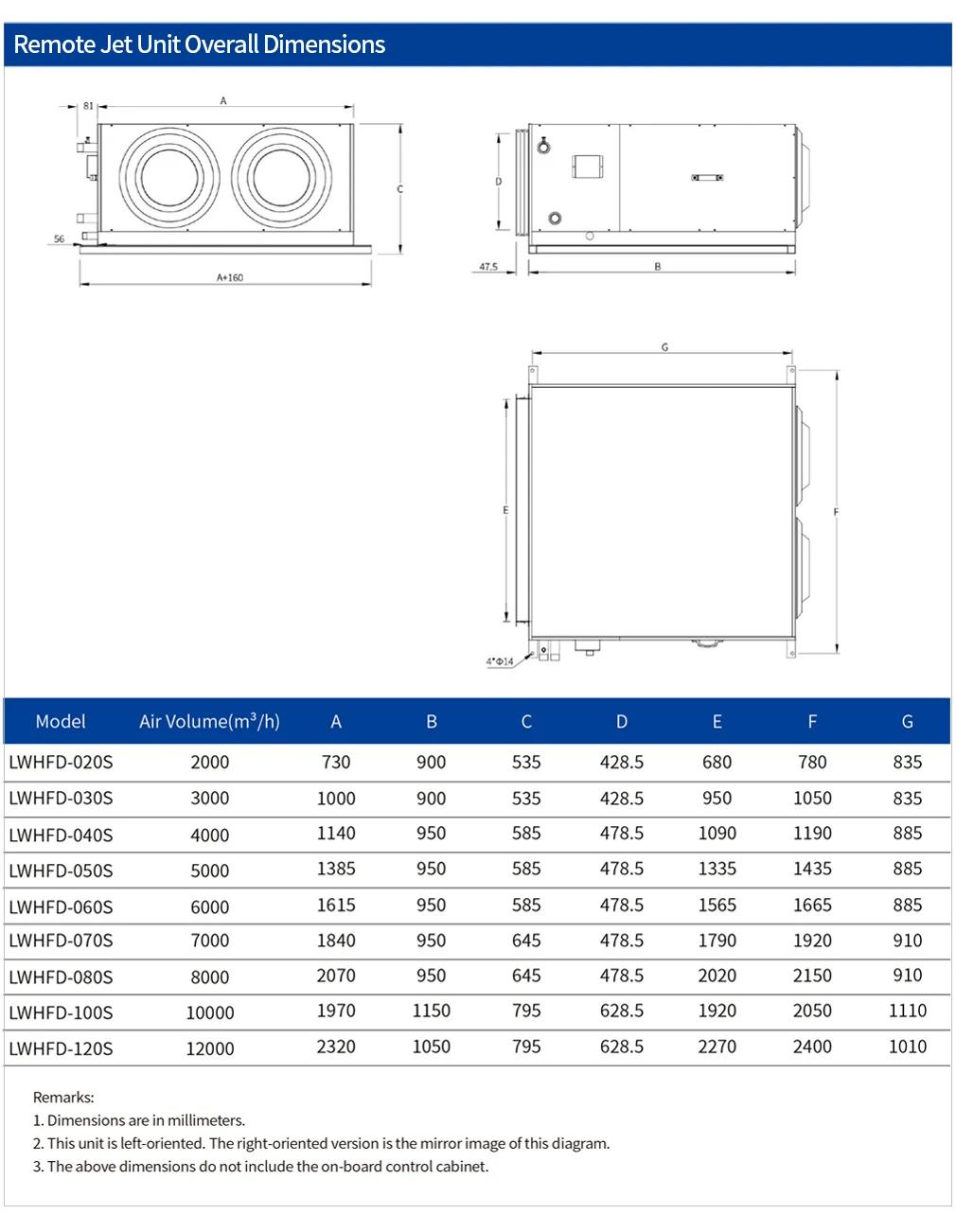
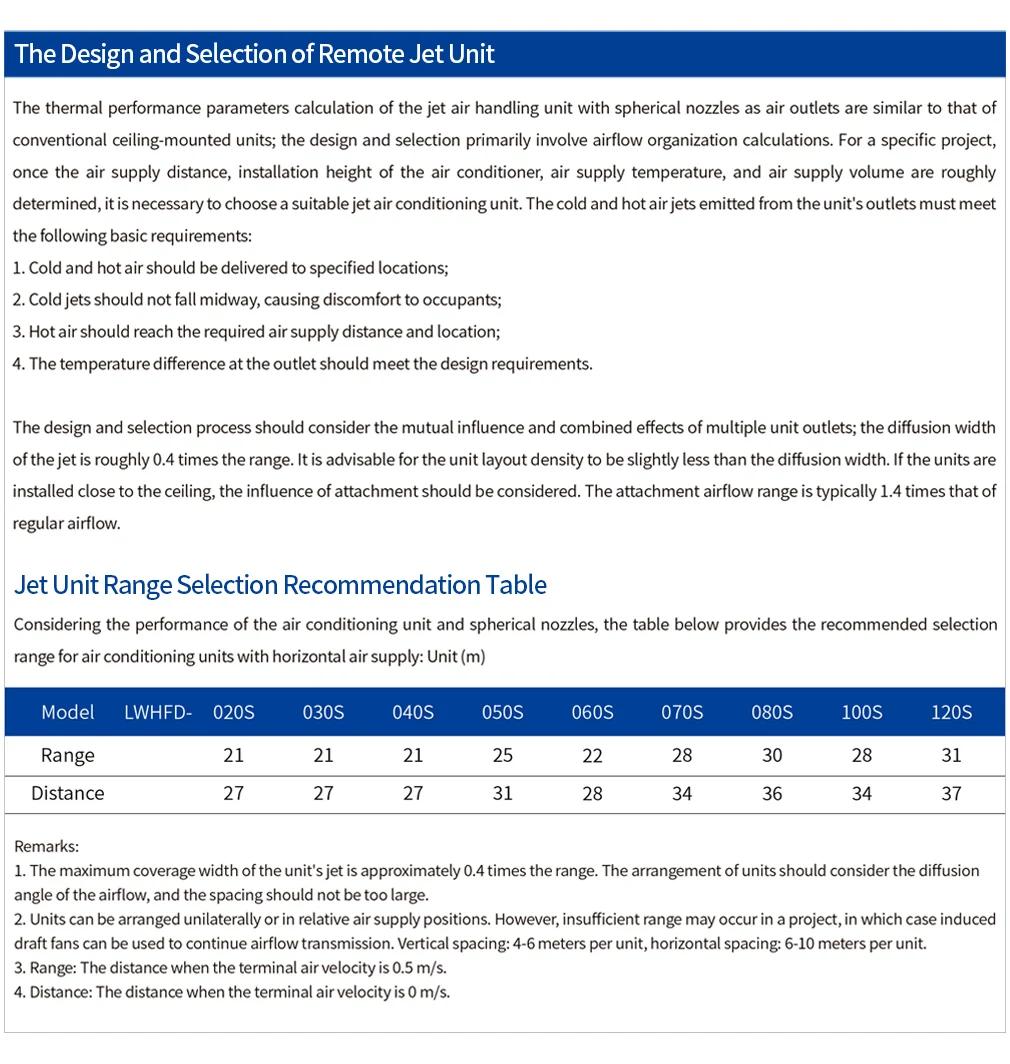
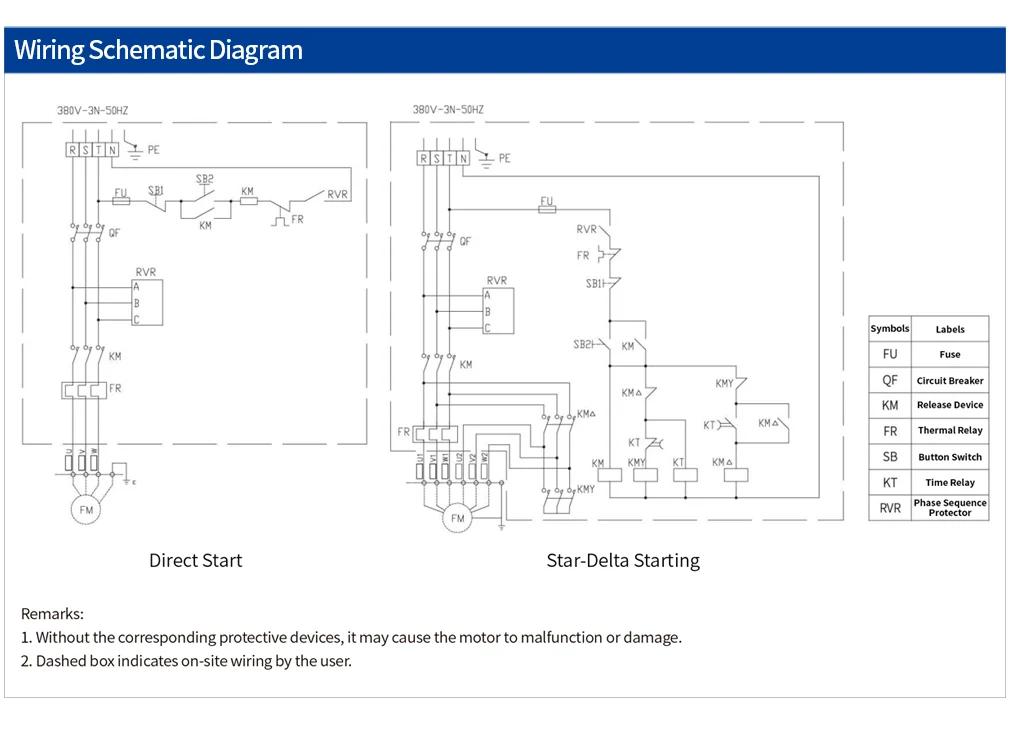
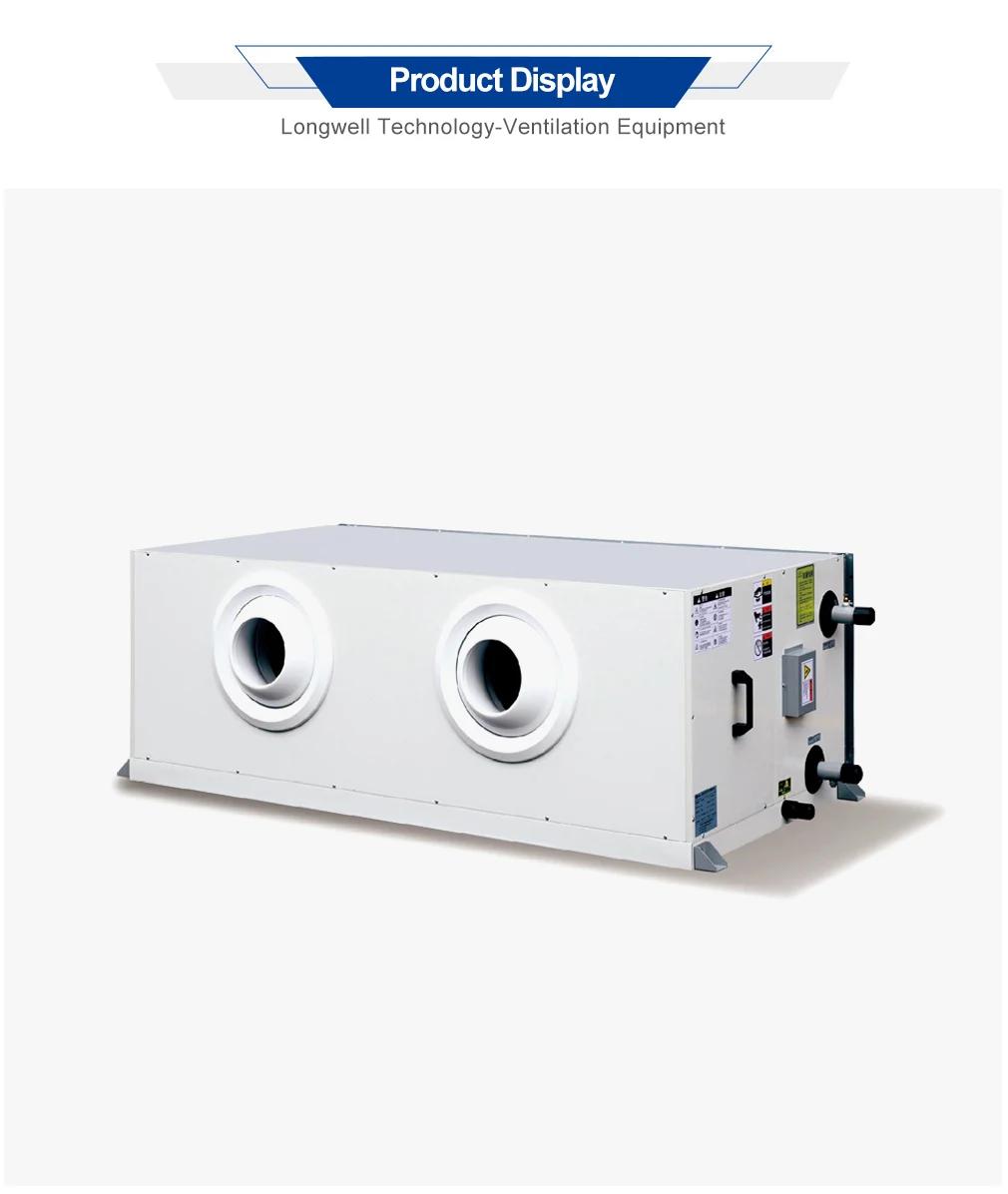
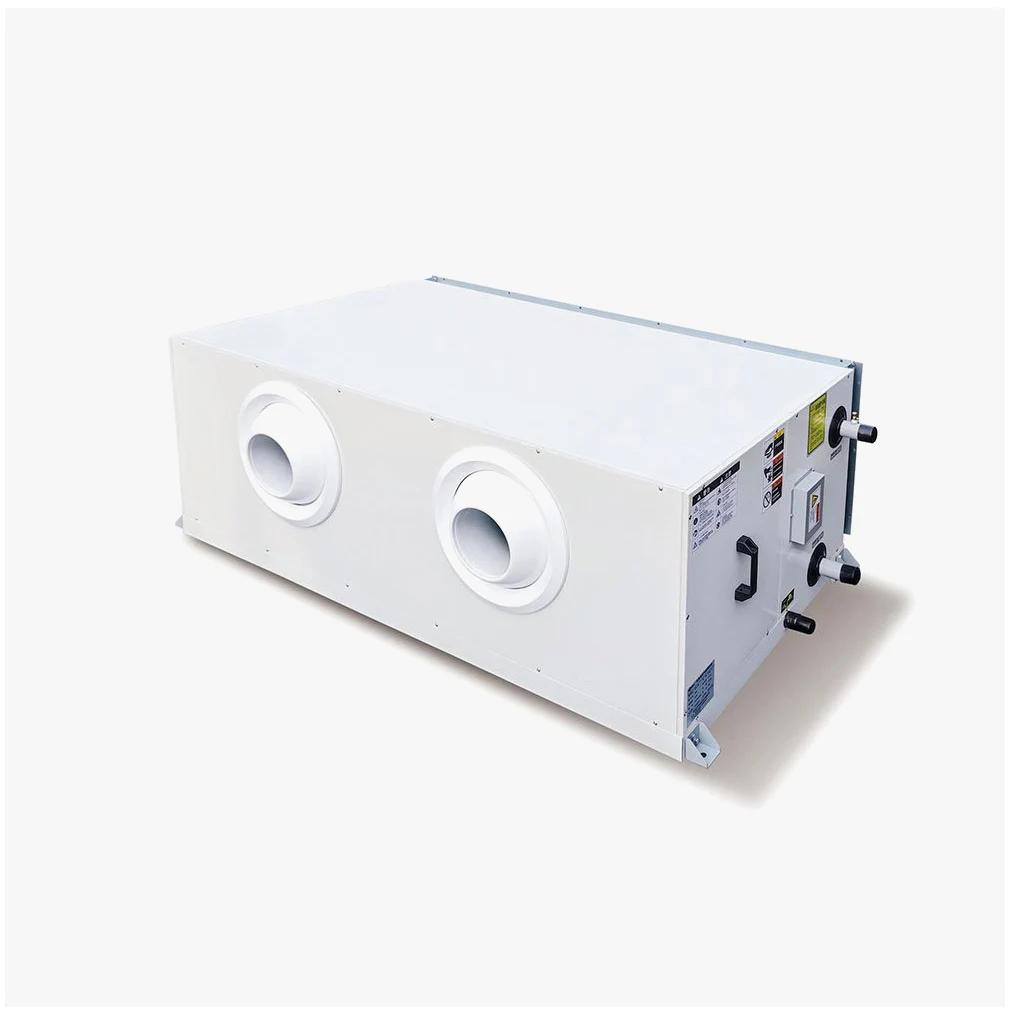
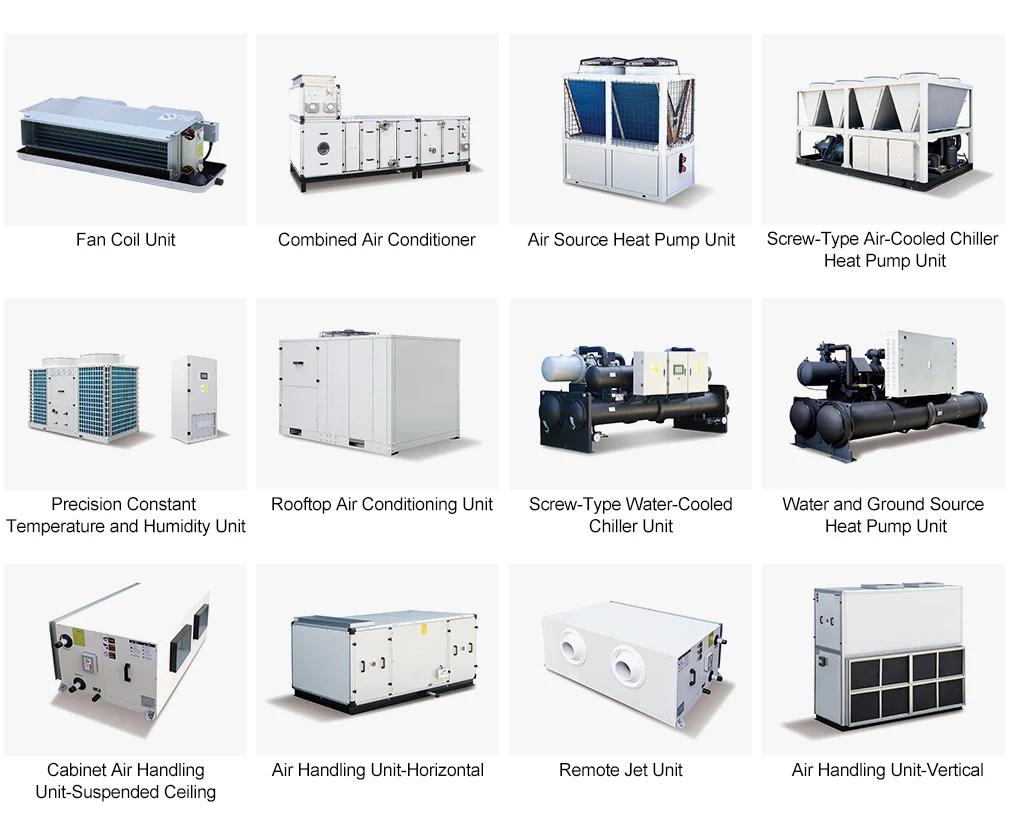
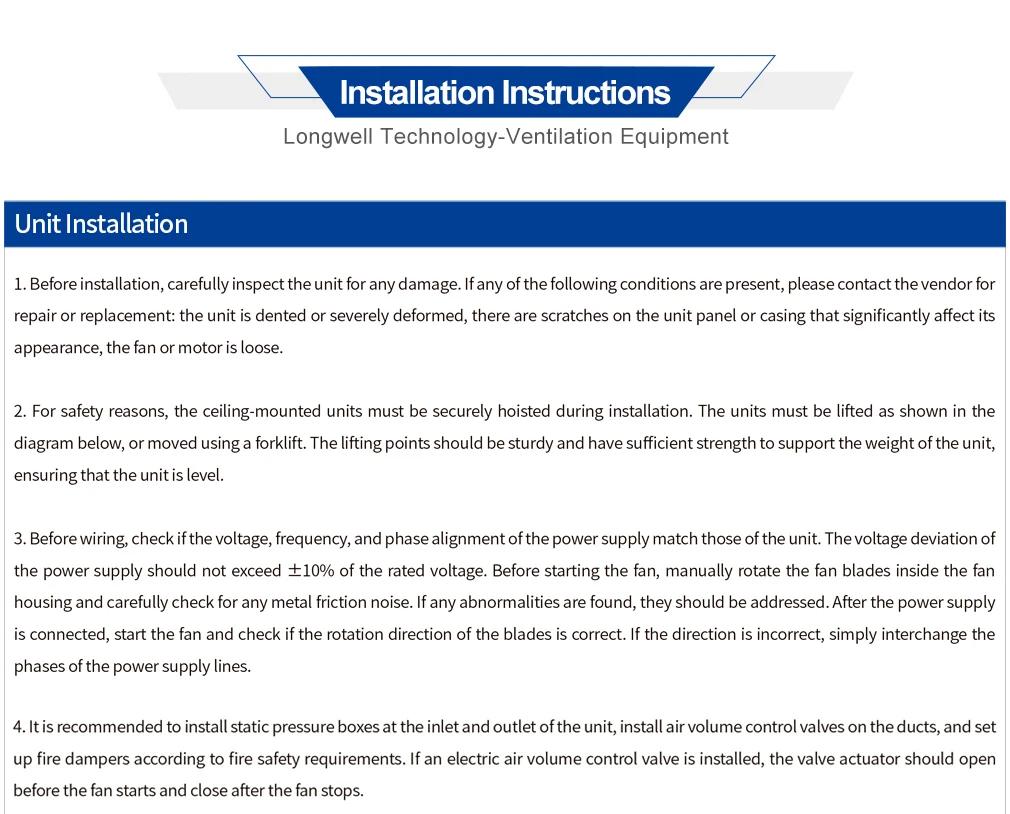
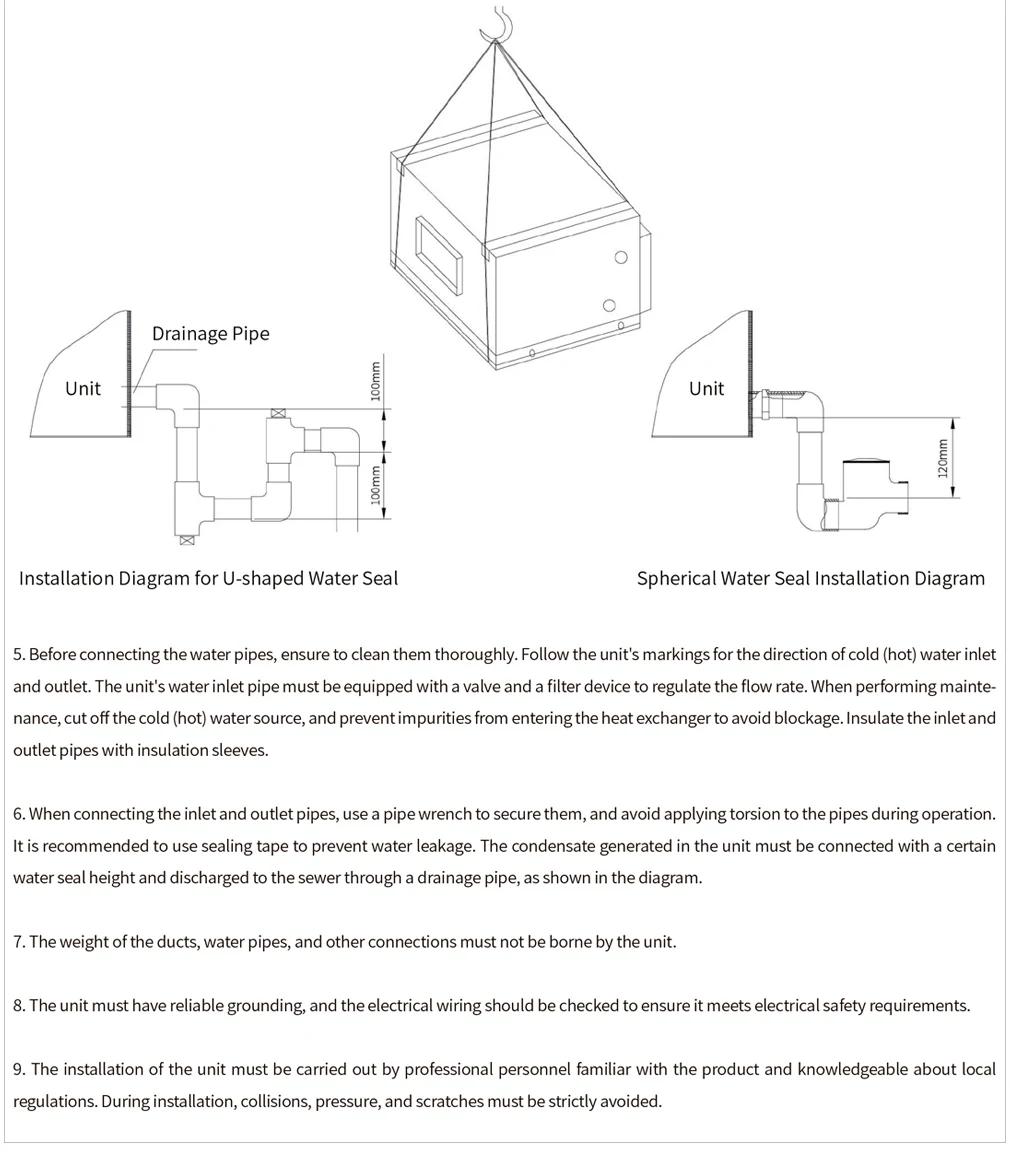
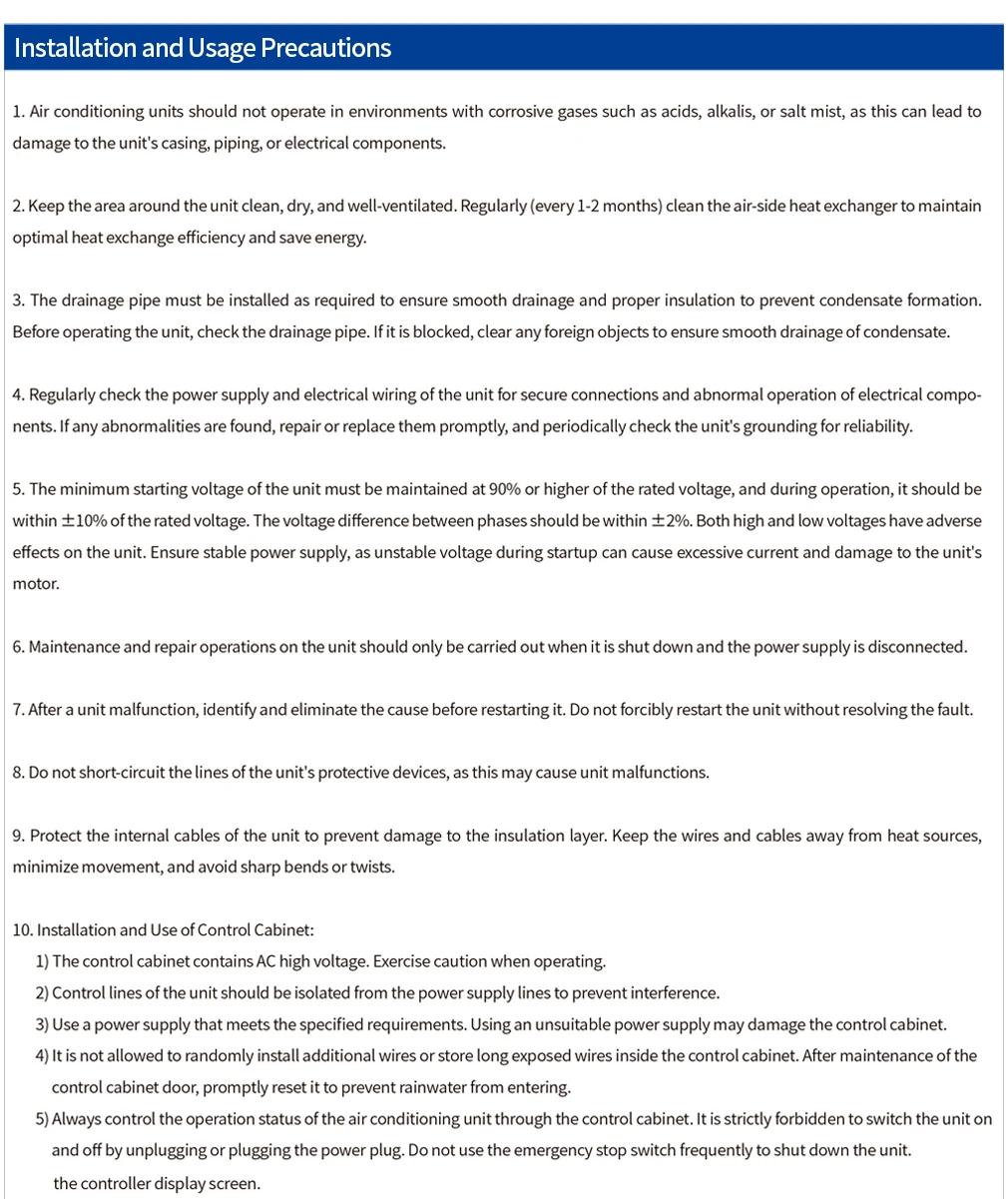
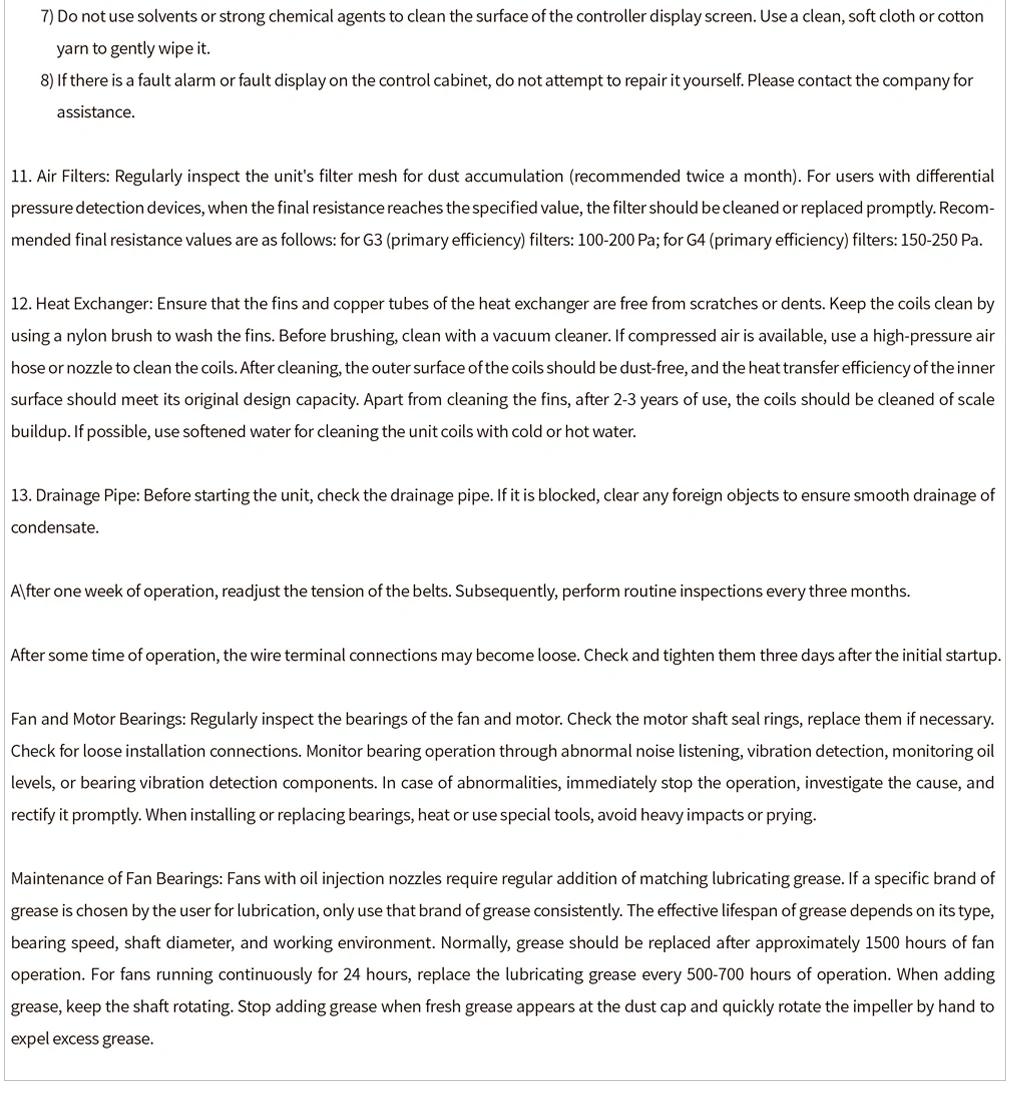
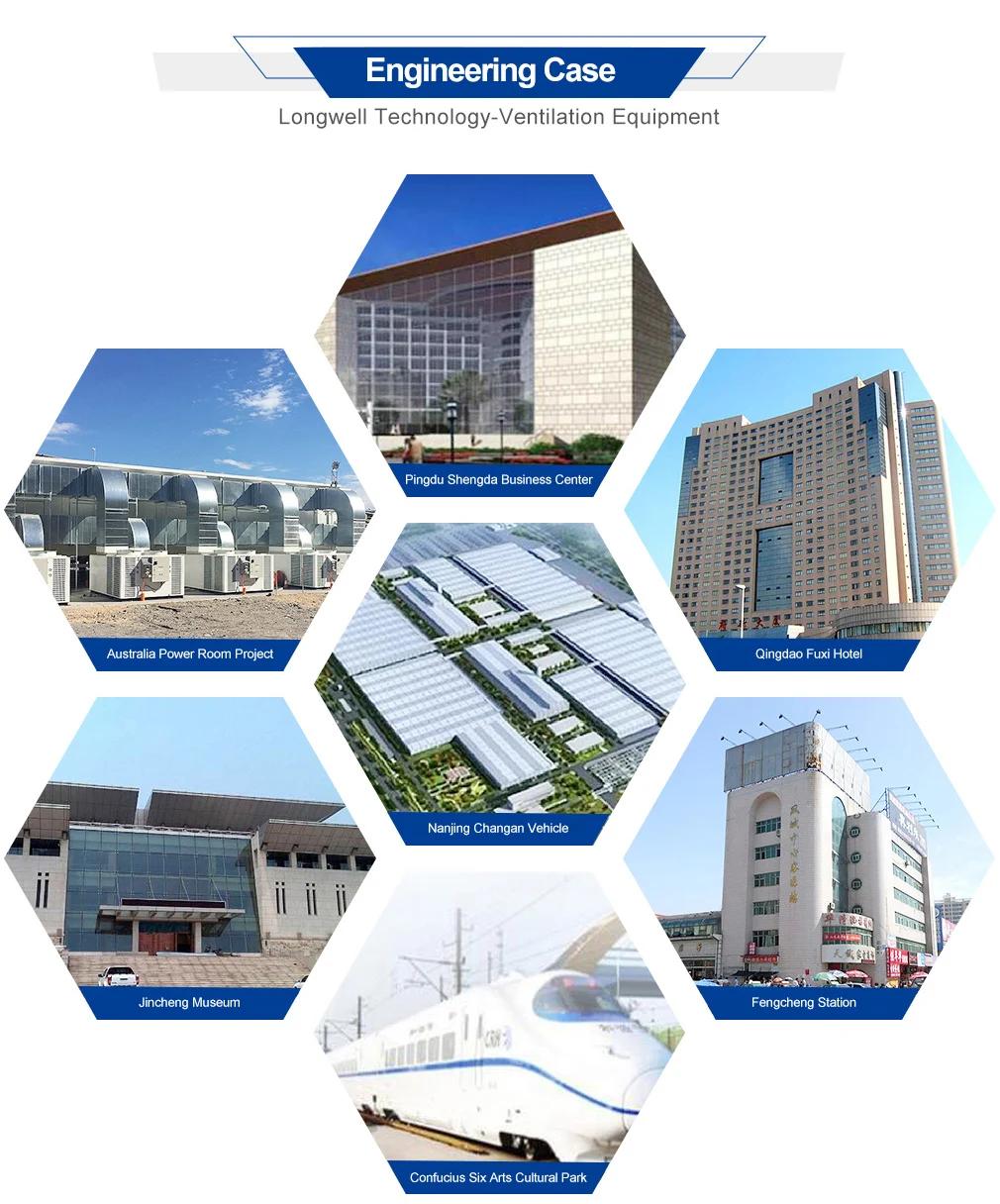
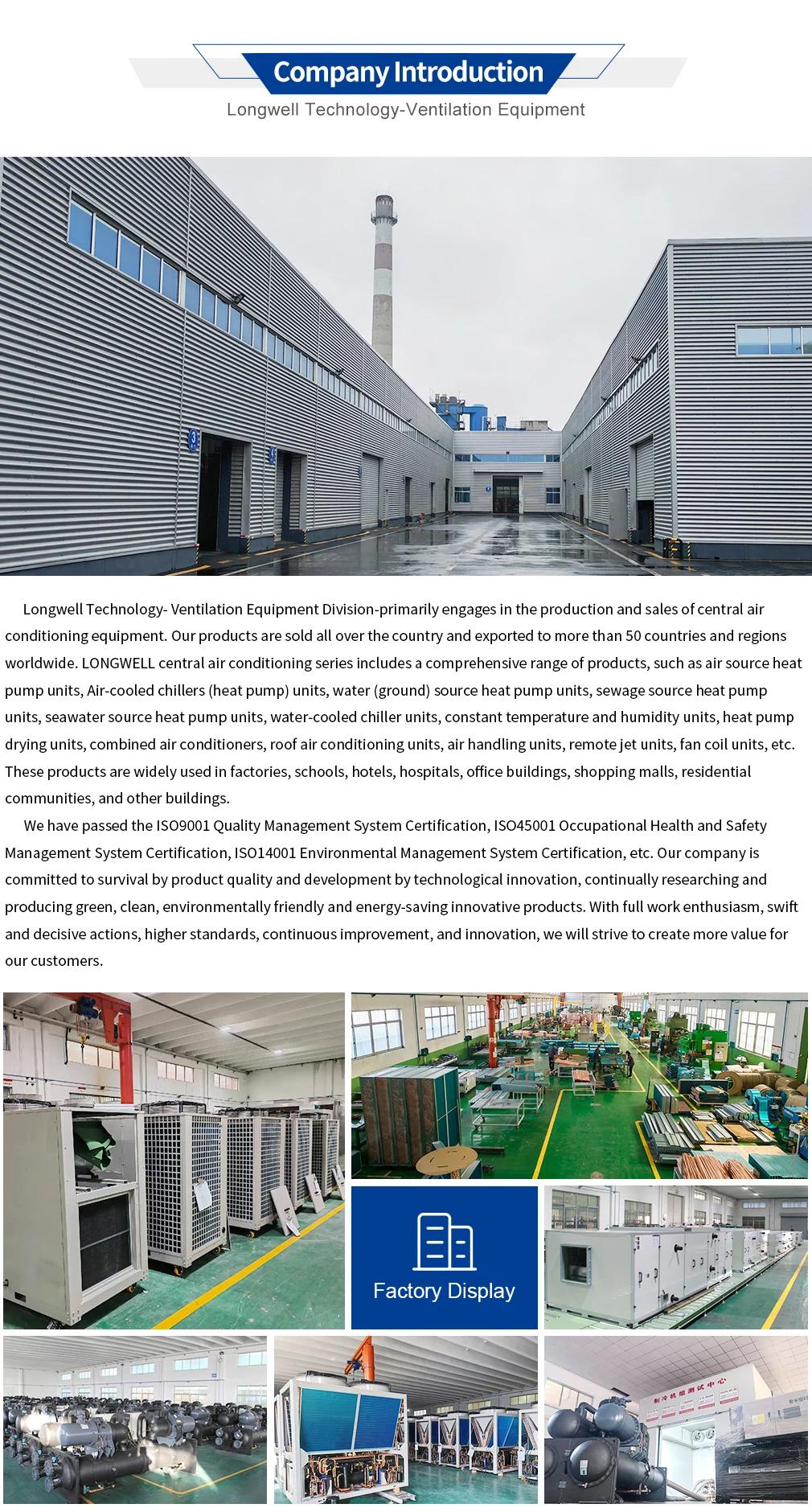
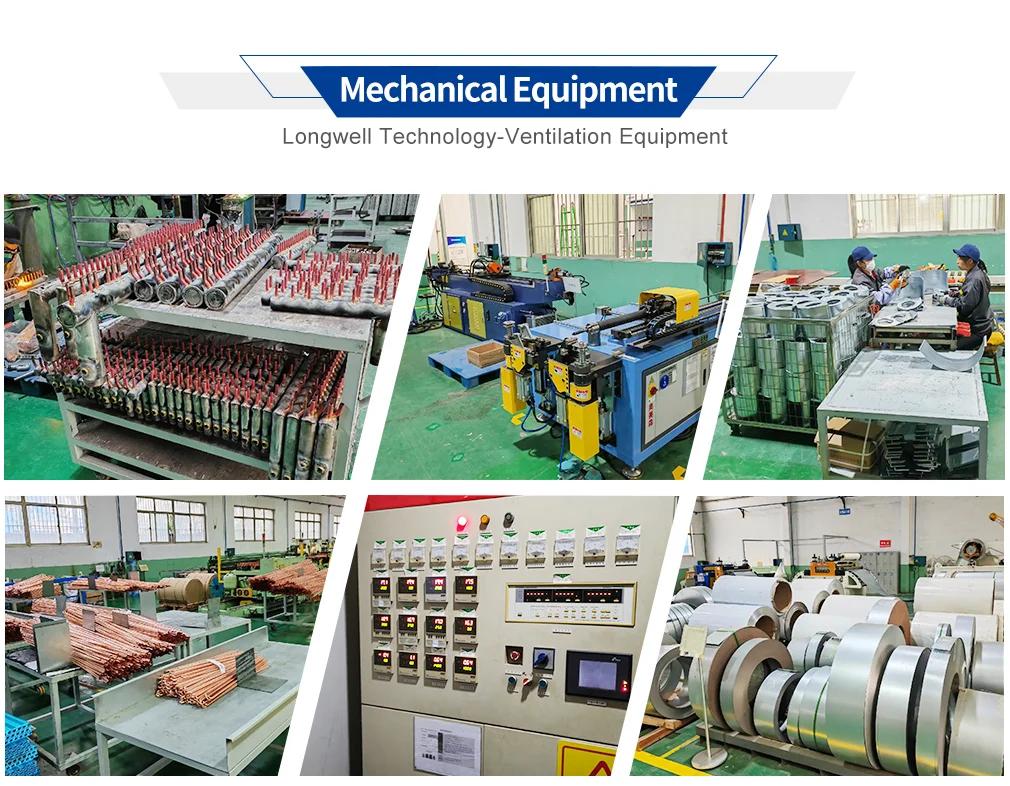
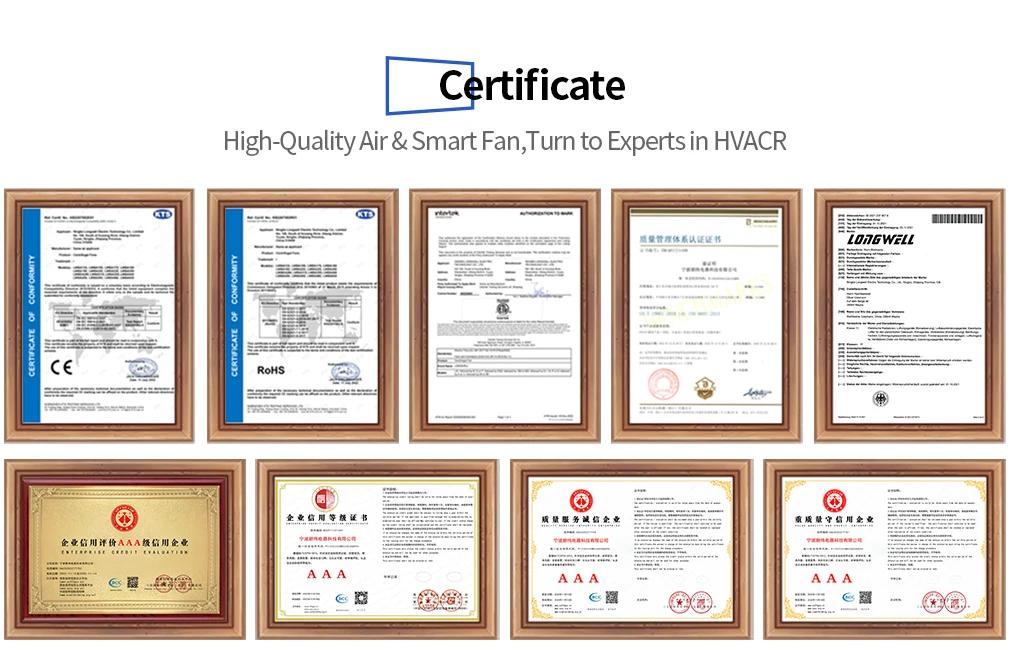
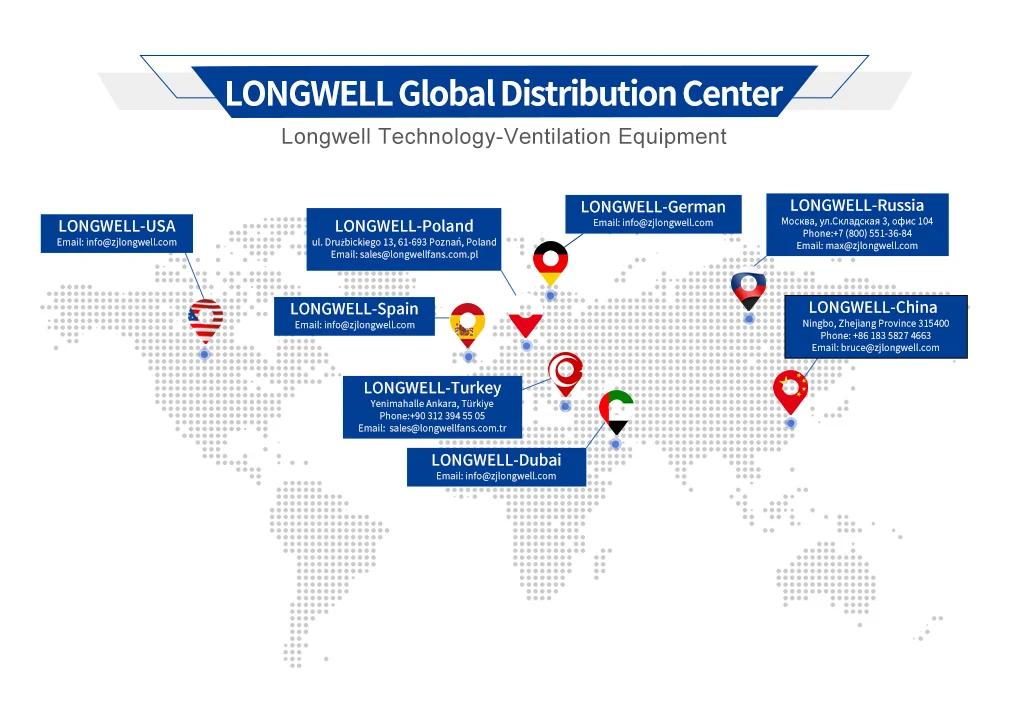
* An Air Handling Unit is a mechanical device used to control and circulate air as part of a heating, ventilation, and air conditioning (HVAC) system.
2. What are the main components of an AHU?
* Main components typically include a blower, heating and cooling elements, filters, and controls to regulate air quality and temperature.
3. How does an AHU improve indoor air quality?
* AHUs improve air quality by filtering out contaminants and regulating humidity and temperature to maintain a comfortable and healthy indoor environment.
4. Can an AHU be used for both heating and cooling?
* Yes, AHUs are designed to provide both heating and cooling capabilities, depending on the season and the requirements of the space.
5. What size AHU do I need for my building?
* The required size depends on the building’s square footage, the number of occupants, and the desired air exchange rate.
6. How often should an AHU be serviced or maintained?
* It’s recommended to service an AHU at least once a year, and more frequently if the unit operates in a harsh environment.
7. Are AHUs energy efficient?
* Modern AHUs are designed with energy efficiency in mind, incorporating features like variable speed drives and energy recovery systems.
8. How does an AHU differ from a Packaged Air Conditioning Unit (PTAC)?
* AHUs are larger, central systems designed for commercial and industrial applications, while PTACs are smaller,self-contained units for individual rooms or spaces.
9. What are some common issues that can occur with an AHU?
* Common issues include filter clogging, motor or belt failure, control malfunctions, and refrigerant leaks.
10. How can I control my AHU remotely?
* Many AHUs come with built-in controls or can be integrated with building management systems for remote monitoring and operation.
11. Do AHUs require regular filter replacement?
* Yes, regular filter replacement is necessary to maintain optimal performance and indoor air quality.

